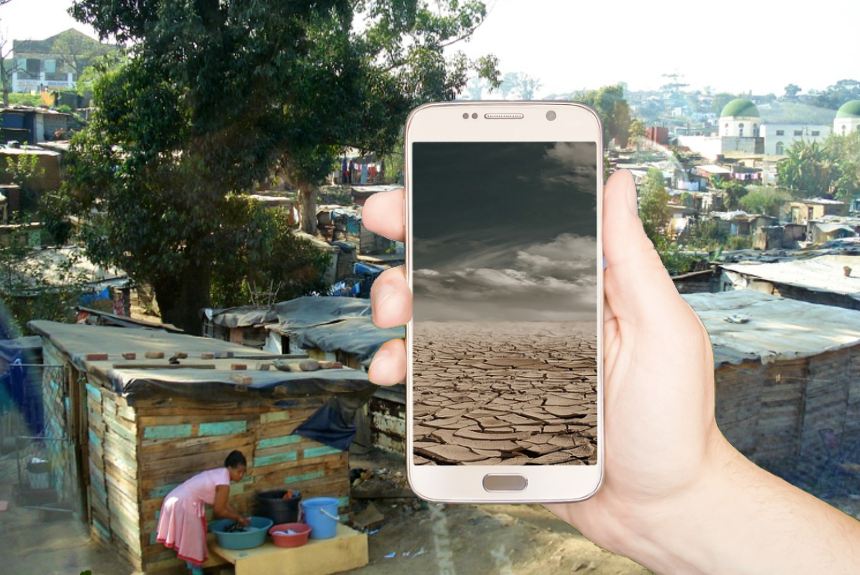The Community Development Innovation Review offers valuable information and strategies to address climate change risk by low to moderate-income communities (LMI), detailed within the 160-page document.
It says, “As these communities begin to grapple with a changing environment, strategic investment can increase resiliency and support adaptation while advancing community development priorities.”
The review highlights the community development sector’s leadership role in making intelligent and proactive investments in adaptive capacity and resilience for low—and moderate-income (LMI) communities that will be disproportionately affected by climate change.
Diverse perspectives from the community, financial, economic, and academic sectors were considered when making these investment opportunities.
The Review offers aReviewehensive discussion of the following climate-related topics that provide investment opportunities:
Climate adaptation and development
It discusses how a community can build capacity for managing risks and taking advantage of opportunities that enhance community development.
Flood risk and structural adaptation of markets
It asserts that current flood assessment tools are outdated and cannot measure flood risks accurately and the impacts of hazard mitigation investments. With the frequency of floods in the US and their effects on properties and assets, there is a need to advocate for new and standardised tools to measure flood risks and hazards.
Real estate as a tool for adaptive banking
“By aligning the performance of loans with long-term property values, Coasean bargaining suggests that banks could be incentivised to subsidise adaptive projects when doing so provides a net benefit to the community”.
This chapter also discussed how real estate values are influenced by climate-related risk. For example, properties in high elevations with no risk for sea-level rise would increase in value over time compared to those with an overwhelming exposure to sea-level rise.
Also, when private institutions invest in adaptation measures to protect communities against sea-level rise—especially low-income communities—it can positively influence the long-term values of their properties and bring benefits back to the communities.
Rebuild to fail or rebuild to adapt
“The actual work of designing, planning, and managing climate-adaptive infrastructure occurs primarily after disasters”. This chapter addresses whether implementing climate adaptation addresses climate change adaptation needs. The article uses wildfire risk mitigation models in adaptive reconstruction after climate-related natural disasters to gauge this.
Insurance innovation and community-based adaptation finance
This section discusses how governments traditionally act as “insurers of last resort.” When disaster strikes, vulnerable and affected communities usually turn to the government.
Over the years, as these disasters increased, the gap between those with insurance and those without insurance widened.
Other climate-related topics that are discussed in the report are the following:
Forest finance unlocks opportunities for Rural Communities
“The Forest Resilience Bond promises to accelerate the pace and scale at which critical work is undertaken to restore the nation’s forested landscapes’ health and functioning. It does so by engaging private capital to cover the upfront cost of activities to improve forest health and by bringing together stakeholders that benefit from this work to share in the cost of reimbursing investors over time.”
- Community resilience and adaptive capacity
- Hunting for Money: System for Financing climate resilience and adaptation
- Climigration and the private sector
- Building community wealth through community resilience
- Building on Shared Values to engage with Miners on Climate change
- Embracing the Challenge of climate education and engagement
- America Adapts: The Value of Podcasting in Climate Communications
- Healthy Aging: A Conceptual Model of community-based Solutions in the Face of Climate Change and Global Demographic Changes
- The Critical role of young people and schools in resiliency planning
- Drawing a New Roadmap: The resilient by design bay area challenge
- Promoting equitable climate adaptation through community engagement
- Investing in the Virtuous cycle
- Pre- and Post-disaster Investments in Housing and community development
You can access the entire Review by clicking the link below.
Source:
Federal Reserve Bank of San Francisco. 2019. “Strategies to Address Climate Change Risk in Low- and Moderate-Income Communities”. Federal Reserve Bank of San Francisco Community Development Innovation Review 2019-1. Available at https://doi.org/10.24148/cdir2019-01



Leave a Reply